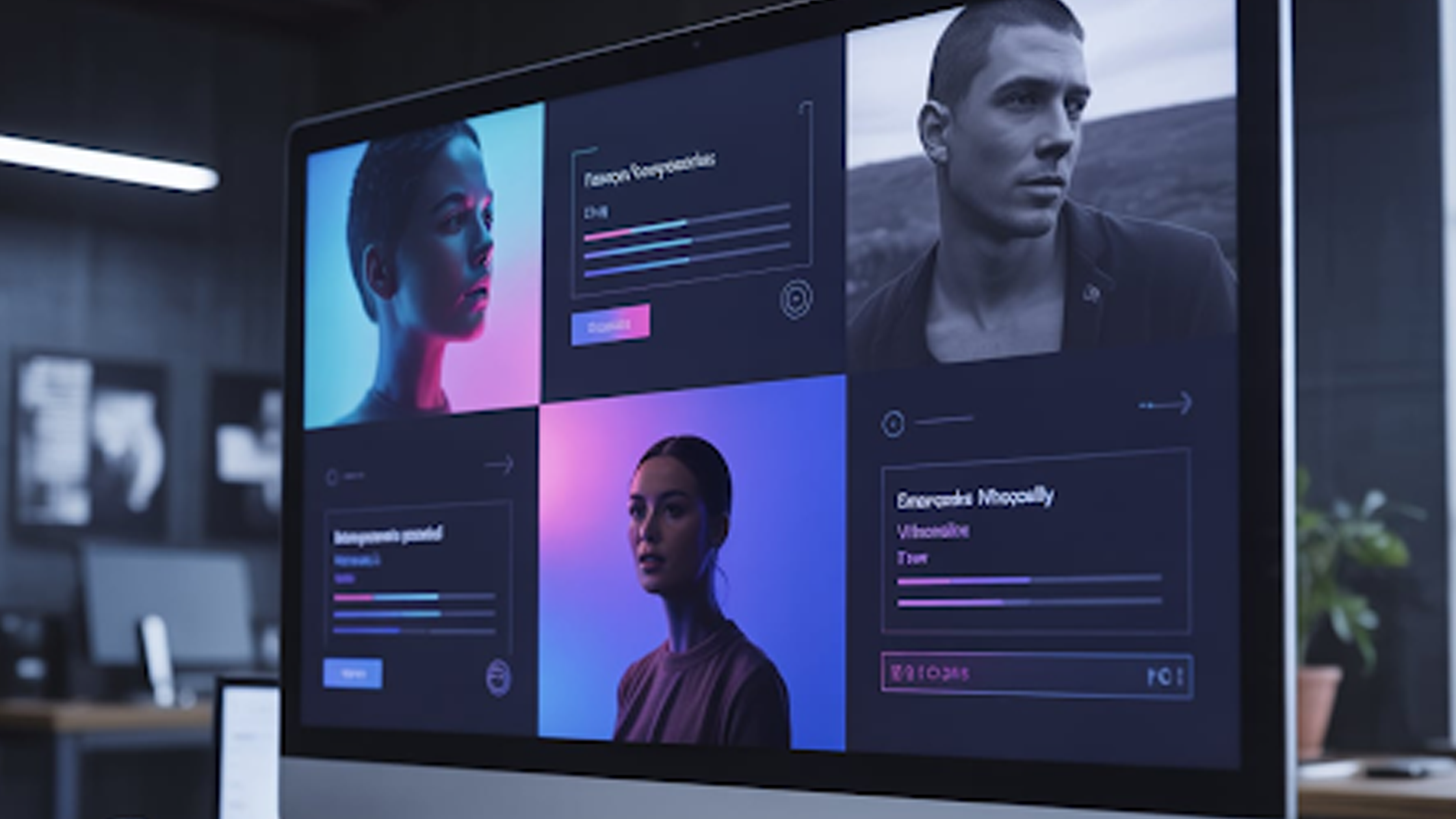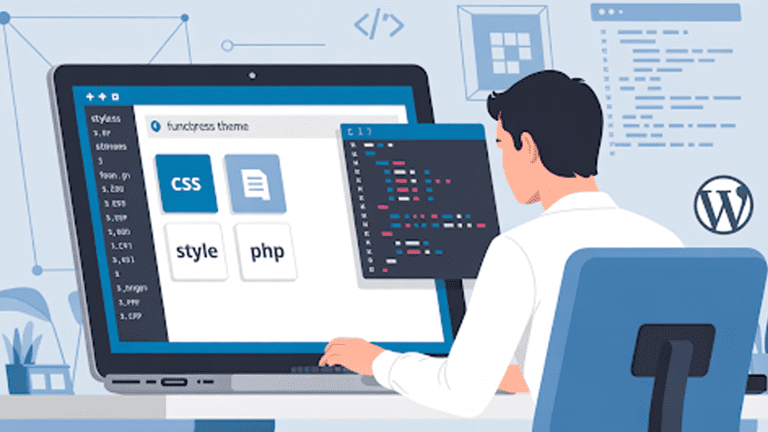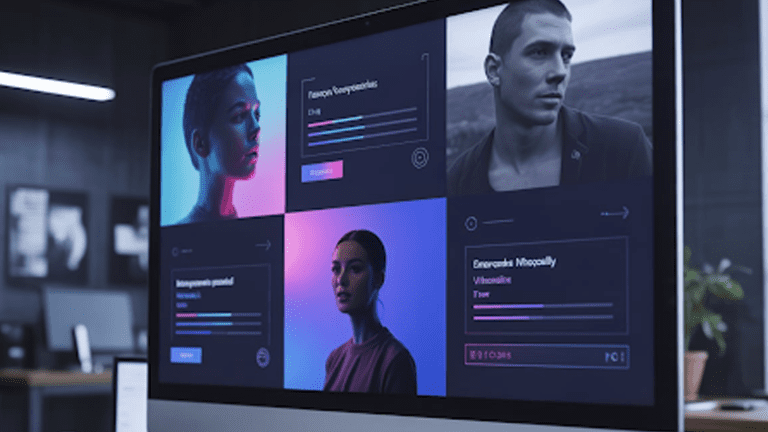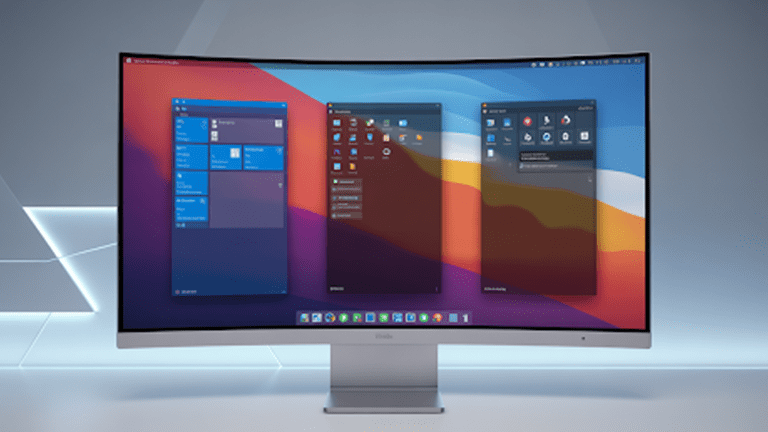Every day, something new emerges in web technology. CMS platforms release plugins, custom themes, and tools constantly. In this condition, claiming one “top” website design is impossible. Just take, hyperreality, for example, was in high demand in 2025. It offered users immersive, surreal experiences. Today, almost no one talks about it.
This rapid change makes spotting the next big trend challenging. So, investing is a must to keep in the trend but doing it blindly is costly.
That’s why we focus on designs clients consistently request. These approaches work now and are built to last. They combine clean aesthetics, fast performance, and practical usability.
Tell Us What You Need – Start Your Journey Today!
Share your project requirements, and we’ll guide you through a seamless development journey to bring your ideas to life.
Why Website Design Trends Are Changing in 2025
Rapid changes in technology are one reason website trends keep shifting. Today you plan for 3D, but the next day a new dimensional technology shows up. Here are some other common reasons.
- The Rise of AI and Personalization: People are still using AI for chatbots. But new third-party tools now suggest customized designs that never existed before. These suggestions really hit the mark for trends and user preferences.
- Google Updates: No matter how good a website design is, if it’s not SEO-friendly and doesn’t meet Google’s standards, it won’t rank. To address this, new features like screen readers, voice commands, and proper color contrast are becoming standard.
- Mobile-First Design: Most of the traffic these days isn’t coming from desktops anymore, it’s coming from mobiles, so businesses have to make their UIs fit those smaller screens, and to do that, they’re coming up with ideas that nobody would have even thought of a few years ago.
Visual & Aesthetic Trends in 2025
Now think about Instagram photos: what really engages people, the real ones or the aesthetic ones? Obviously, aesthetics have that appeal that makes a visual stand out and really wow people. It’s the same with websites. Here are some common trends that are in demand right now:
- Dark Mode Evolution: Light and bright screens feel like they belong in the 1900s. Almost every young person prefers dark mode. On WhatsApp, social media apps, Google, you name it. If it’s that popular everywhere, why not add it to your website too? It’s a simple way to stay in the latest trend and give users something they already love.
- Gradients and Duotones: All the top trending fashions come and go, but the classics never fade, and it’s the same with websites. Instead of picking some strange or flashy colors, stick to simple color combinations. Gradients and duotones give your site depth and visual interest without overwhelming your users.
- Neomorphism and Glassmorphism: These styles give elements a soft, three-dimensional look, often with a frosted-glass effect. They’re fresh, modern, and have been widely adopted in app design, making their way onto websites.
- Minimalism and Whitespace: Clean designs are still in. Websites will focus on creating open spaces, where every element has a purpose. This enhances the user experience by avoiding clutter and making navigation easy.
- Illustrations and Abstract Shapes: Custom illustrations help brands stand out, offering a personal touch. Abstract shapes are making a comeback, adding visual intrigue without being too distracting.
UX/UI Interaction Trends in 2025
It’s not just about how a site looks, but how users interact with it. These interaction trends are redefining the web experience:
- Micro Animations: These small, often unnoticed animations are used to guide users through a website. From buttons that react when clicked to page transitions, micro animations keep the experience smooth and engaging.
- Scroll-Triggered and Interactive Storytelling: Long-scrolling pages are integrating interactive elements that unfold as the user scrolls. This keeps them engaged and makes the content feel like an experience.
- Conversational UI and Voice Integration: Voice interactions will become standard. As AI tools like voice search improve, websites must allow users to speak rather than type. Sites that integrate low time-to-first-byte (TTFB) technology will ensure quick, efficient voice responses.
- Non-Traditional Scrolling (Horizontal, Parallax): Horizontal scrolling or parallax effects are slowly replacing the old vertical scrolling format. They make websites feel more dynamic and engaging, encouraging users to interact in new ways.
- UX-Driven Diagonal Lines: Evidence suggests diagonal lines in design can guide the user’s eye through a page effectively. These lines break up content in ways that feel natural and organized, boosting navigation and aesthetics.
Personalization and Intelligence in Web Design
Personalization is no longer a bonus feature. It’s expected. Here’s how it will shape 2025 web design:
- Hyper-Personalized UX: Websites will use AI to display personalized content based on user behavior, location, and preferences. This ensures each visitor sees content that speaks directly to them.
- Data-Driven Layouts: Web designers will increasingly rely on data to inform design decisions. Whether it’s layout changes based on user behavior or adjusting content to maximize conversions, data will guide every aspect of design.
- AI-Assisted Design Decisions: AI tools will help designers automate tedious tasks, such as optimizing images or suggesting color schemes based on brand guidelines. This allows designers to focus more on creativity and strategy.
Functional and Structural Design Trends
For a website to function well, it needs a solid structure. Here are the trends that will dominate in 2025:
- Responsive and Adaptive Design: Speed will be key to success. Websites must be responsive, adapting quickly to different devices and load times. This is especially important for WordPress sites, where quick design changes can enhance page load speed.
- Detailed Yet Usable Footers: Footers are no longer afterthoughts. A well-designed footer that includes important links, contact information, and social media icons enhances UX. It’s the finishing touch that can make navigation smoother.
- Embedded Videos for Storytelling: Video is a powerful storytelling tool. Embedded videos will become even more integral to website design, helping businesses communicate their message more effectively and engagingly.
- Creative Color Branding: Color trends will lean towards more playful, bold palettes, often with a unique twist. Color will be used not just for aesthetics but to communicate brand values and evoke emotions.
How to Choose the Right Trend for Your Website
When you pick a trend for your website, first think about your brand and your audience. Don’t just grab what’s popular because everyone else is doing it, make sure it actually feels like you. Then, balance how it looks with how it works.
A site can be gorgeous but if people can’t figure out what to do, it’s useless. And don’t get caught up in every new trend that pops up, because they change fast. Focus on stuff that lasts and make sure whatever platform you’re using, secure WordPress or whatever you use, while you experiment.
Benefits of Adopting Modern Design Trends
- Makes your site easier and more enjoyable to use
- Keeps people around longer, which can boost conversions
- Helps everyone access your site, including people with disabilities
- Gives search engines signals that your site is up-to-date and relevant
Trends Losing Popularity in 2025
Some things were hot a few years ago but now feel tired or just annoying. These trends can slow your site down or make users roll their eyes.
- Overdone parallax that spins everything for no reason
- Heavy 3D graphics that take forever to load
- Slow-loading effects that make people bounce before they even see your content
FAQs
What are the most important website design trends in 2025?
The big ones are AI-powered personalization, interactive storytelling, dark mode, minimalism, gradients and duotones, and mobile-first design. These trends help sites look modern, load fast, and keep users engaged.
How often should I update my website design?
A good rule is every 1-2 years, but small tweaks can be done more often. Design trends change fast, so staying flexible is key.
Are minimalist designs still effective?
Absolutely. Minimalism focuses on clarity and usability, which never goes out of style. It keeps your message clear and your users happy.
How can I make my website stand out with personalization?
Using data and AI, you can show the right content to the right user at the right time. Pure Website Design can help implement these features so your site feels tailored and modern.
What role does mobile-first design play in 2025?
Most users browse on mobile, so designing for small screens first ensures a smoother experience everywhere. It also improves speed and SEO.
Are animated elements and micro-interactions worth adding?
Yes, but keep it balanced. Subtle animations and micro-interactions can guide users and make the site feel alive without slowing it down.
How important is website speed in modern design?
Super important. Even beautiful designs fail if pages load slowly. Optimizing images, scripts, and hosting can make a huge difference.
Can my business benefit from embedded videos on the website?
Definitely. Videos boost engagement and help explain your products or services quickly. Pure Website Design can help integrate videos that load fast and look professional.
Should I follow every design trend?
No, not every trend fits every brand. Focus on trends that match your audience, your business goals, and your existing brand identity.
What’s the easiest way to keep my website future-ready?
Stay flexible, monitor user behavior, and update visuals, interactions, and functionality regularly. Partnering with experts, like Pure Website Design, makes this much simpler.
Conclusion
Updated website design has become really crucial. Even if your site ranks high, outdated looks can make you lose potential leads. The main takeaway is to keep your site modern, usable, and aligned with what your audience expects.
Looking ahead, web design will keep evolving: more interactive, personalized, and smart. Staying flexible and following the right trends is the only way to stay ahead. If you’re looking for web development help, contact Pure Website Design. We’ll understand your business and suggest the most in-demand, future-ready designs for your site.




